Forging & Blacksmithing Quenching Process & Media Compared (Oil Vs. Water Vs. Air)
The quenching process in blacksmithing and metalworking provides a way to quickly cool and harden a metal workpiece after working on it in a heated environment. The main benefit of quenching workpieces after heat treatment is the reduced effect it has on the workpiece’s microstructure, which can be more severe if it undergoes a slower cooling process.
The quenching of metal can be conducted with different media. The quenching media available can be water, air, oil, or brine. Although each of these quenching media types are commonly used by blacksmiths, there are advantages and disadvantages to each that must be taken into account prior to selecting one.
- Improve your heat treating jobs with AAA quench oil
- AAA quench oil provides maximum cooling rates for austenitized steels.
- Great for these types of steels: O1, 5160, 1080, 1084 and other "medium speed" steel alloys
Why is Quenching Important in Forging?
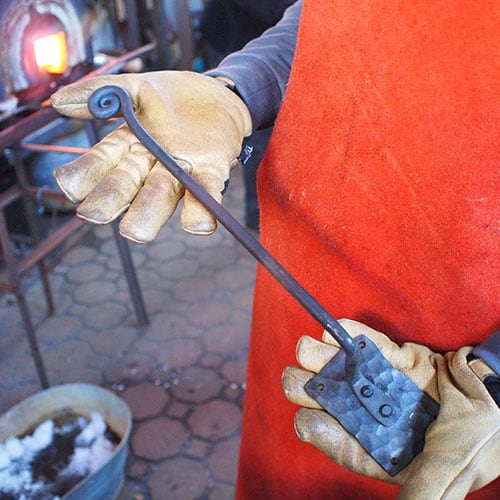
Quenching is an important step in metalworking processes, because it allows you to control any changes to the microstructure of a workpiece. If a heat-treated metal undergoes a slow cooling process, it is susceptible to undesired structural changes that are thermodynamically favored at lower temperatures. Some of these changes include phase transformations. Since the quenching process takes place over a smaller duration of time, it drastically limits the workpiece’s exposure to these conditions.
The quenching process requires heating a metal workpiece to start. After the workpiece reaches an appropriate temperature (usually between 815°C and 900°C) above its recrystallization temperature and below its melting point, it can be soaked in an air furnace or liquid bath to maintain the temperature. The soaking portion of the process can vary in length, but care must be taken to ensure the temperature on all surfaces of the workpiece becomes even throughout.
Once the temperature of the workpiece is uniform, the workpiece can be quenched in a liquid medium to cool until it reaches room temperature. The duration of the quenching step can be extended until the entirety of the material is at a uniform temperature. The type of medium used during this cooling step can have a great effect on the final structure of the workpiece.
The rapid cooling of a workpiece through the quenching process can increase the hardness of the metal. Quenching actually decreases the size of a metal’s crystal structure, making denser. This increase in density allows the metal to have a greater hardness. Steel is a metal commonly hardened through the quenching process.
Factors to Consider When Selecting Quenching Media
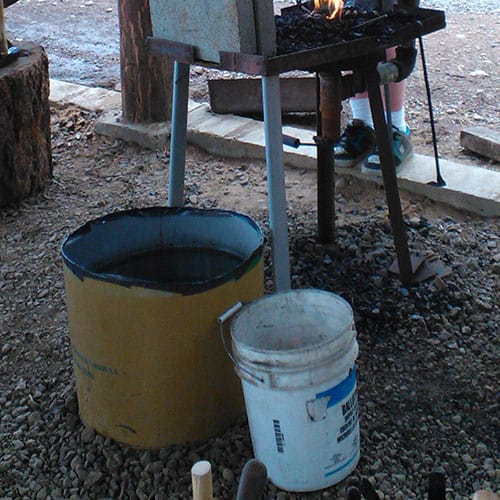
Material & Composition
There are important factors to consider when selecting a type of quenching media for your intended application. Knowing the material composition and desired application of your workpiece will facilitate the media selection process.
For example, different types of steel will have different compositions and be ‘rated’ for different types of quenching media. Steel used for knives, blades, and some hand tools (e.g., punches), is often rated for oil quenching so it makes sense to choose oil as a quenching media over water or air. Being aware of the material you’re using and it’s preferred rating for quenching is important, but so is the final product and your desired specifications of the work piece, as all quenching process can affect the final workpiece structure.
Cost & Accessibility
The cost of quenching is another critical factor to consider when choosing the right quenching medium for you. Some types of quenching media are more accessible than others and this can greatly affect the cost of the medium. The heat capacity of the quenching media you choose is an important characteristic to keep in mind, as it can determine the thermal efficiency of the quenching process.
Duration of Quench
The duration of time it takes to fully quench a workpiece can also be affected by the type of quenching media used, which can greatly affect labor times.
Environmental Impact & Sustainability
The environmental impact that your chosen quenching media can have is a very prominent issue to take into account as well. Some quenching media types are more sustainable than others.
Different Types of Forging & Blacksmithing Quenching Media (Air Vs. Oil Vs. Water Vs.Brine)
1) Air
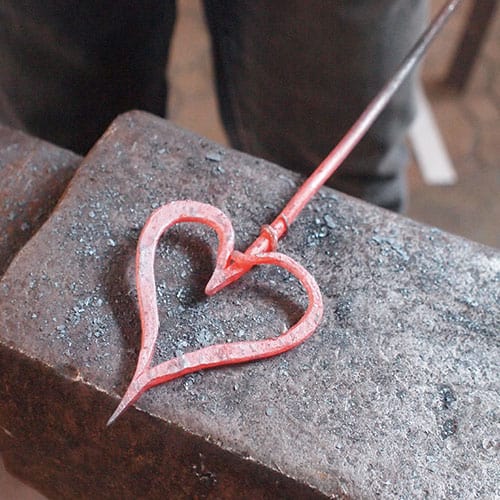
Air is a widely-used medium for the quenching process. Since any heated metal left to cool to room temperature is technically “air-quenched,” the more appropriate term for air used in the rapid quenching process is compressed or forced air. If a workpiece is completely engulfed in compressed air, then the workpiece is quenched at a much faster rate than it would in a still air environment.
This highly-accessible quenching medium has low associated costs, but it may not be the most efficient way to quench a workpiece when compared to the other media.
| Advantages | Disadvantages |
|
|
2) Water

Water is another common medium of quenching. This type of quenching media is great for rapidly cooling metals and acts much faster than compressed air. Quenching a workpiece in water involves placing it in a tank filled with water and allowing it to uniformly cool to room temperature.
Since water is another accessible quenching type, the costs of water-quenching are also relatively low. Water is a great medium to use in order to greatly increase the hardness of a metal. However, this may come at the cost of making the metal brittle enough that it becomes susceptible to cracking.
Despite this issue, water is a great medium to use when trying to limit the environmental impact because it is a sustainable liquid, and it’s a great choice for most blacksmithing applications and materials (minus some steels rated for oil hardening).
| Advantages | Disadvantages |
|
|
3) Oil
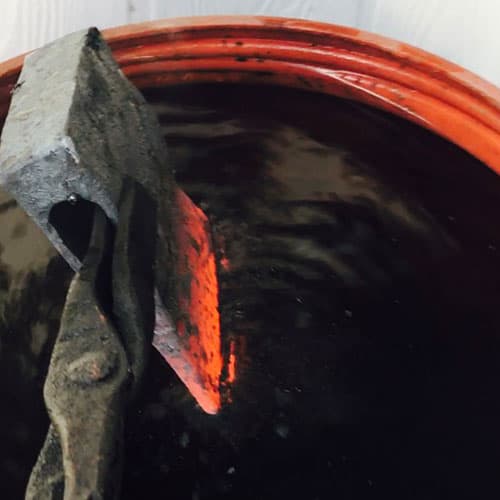
Oil is another popular quenching medium. This medium works much faster than compressed air, but not as fast as water. However, there are different types of oils available to choose from depending on your desired cooling rate.
The varying organic structures of different oil types greatly affects the flash point of each oil. The flash point of oil is an important characteristic to be aware of when choosing an appropriate oil for quenching, because it is the temperature at which an oil ignites.
Although there is greater variety in oil types for quenching, it is not a very sustainable liquid and its costs are higher than those of water or air-quenching, however, it’s quickly becoming one of the most popular quenching media for blacksmithing, especially for steel rated for oil hardening used in blades and tools.
- Improve your heat treating jobs with AAA quench oil
- AAA quench oil provides maximum cooling rates for austenitized steels.
- Great for these types of steels: O1, 5160, 1080, 1084 and other "medium speed" steel alloys
| Advantages | Disadvantages |
|
|
4) Brine

Brine is a homogeneous mixture made up of water and salt. This unique solution has the ability to quench metal workpieces at a faster rate than all of the mediums previously described.
The reason for its efficiency is the presence of the salt particles in solution actually prevent bubbles from forming along the metal’s surface. This allows the surface area that would have been occupied by air bubbles to be replaced by the liquid water, allowing the metal to be further engulfed in the quenching fluid and, therefore, reaching a uniform, cooler temperature in a shorter period of time.
Although the presence of salt is highly effective in the quenching process, it can have serious ecological ramifications. Waste brine typically ends up in the oceans, which greatly increases the salinity of ocean water, acting as a pollutant to ocean life.
| Advantages | Disadvantages |
|
|
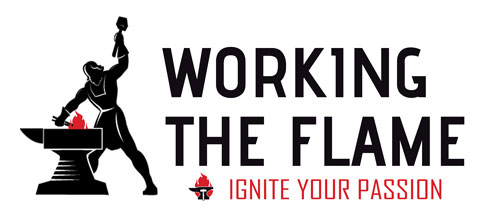

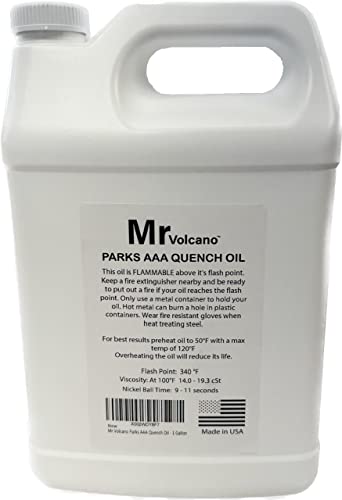
You left out the ancient Chinese method of quenching with clay.
https://interestingengineering.com/innovation/worlds-largest-tunnel-boring-machine-china?utm_source=mechanical-by-ie.beehiiv.com&utm_medium=newsletter&utm_campaign=essential-welding-joints-for-engineering-projects&_bhlid=a44bc623435e8442c421023af2b5f3a38fce83de